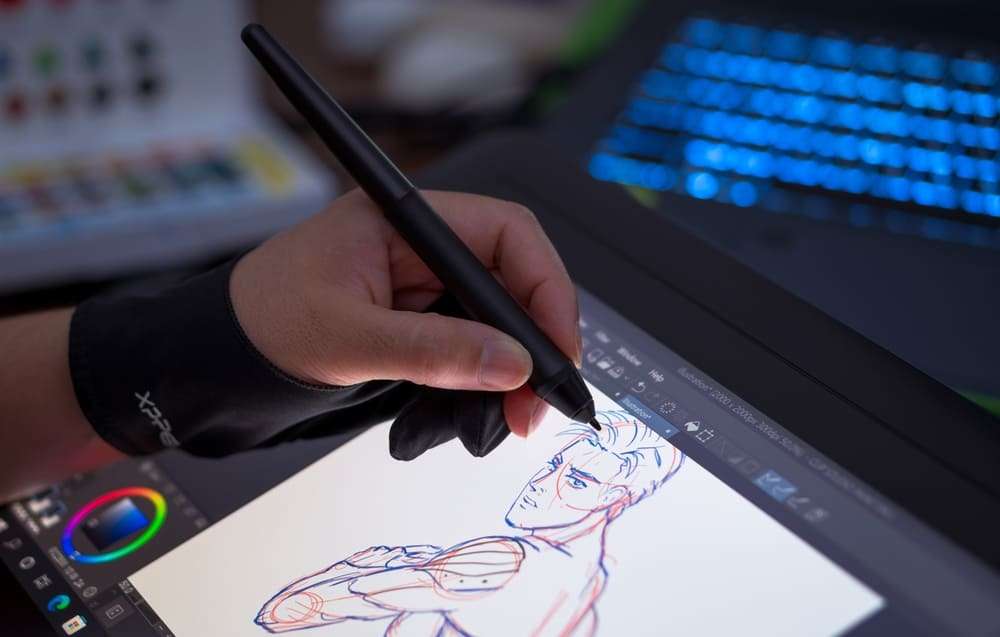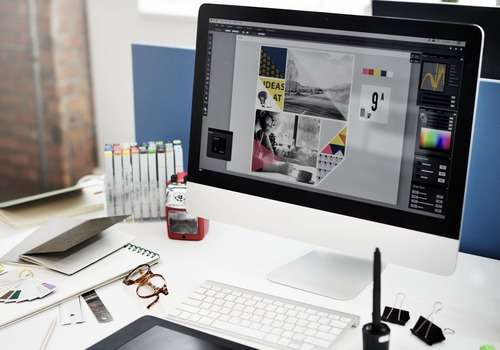Exploring the World of
Digital Illustration: Tools and
If you're interested in the world of digital illustration, there's never been a better time to explore the possibilities. With new tools and techniques constantly emerging, it's a field that offers endless opportunities for creativity and self-expression. But where do you begin? In this blog post, we'll take a closer look at the tools and techniques that make digital illustration possible, and offer some tips on how to get started.
Digital Illustration Tools:
One of the most exciting things about digital illustration is the wide range of tools and software available to create your art. Here are just a few of the most popular options:
(ADD BOX)
Digital Illustration Techniques:
Once you've got your tools in hand, it's time to start exploring some of the techniques that make digital illustration unique. Here are just a few to get you started:
• Layering : One of the key advantages of digital illustration is the ability to work with layers, which allows you to separate different parts of your illustration and work on them independently. This can be especially useful for creating complex images with multiple elements.
• Blending : Many digital illustration programs offer blending modes, which allow you to mix colors and textures in unique ways to create interesting effects.
• Masks : Masks are another powerful tool in digital illustration, which allow you to selectively reveal or hide parts of your image. This can be useful for creating complex textures or working with gradients
• Selections : Selections allow you to isolate and work on specific parts of your image, which can be especially useful for creating complex shapes or working with fine details.
• Brushwork : One of the most basic and essential techniques in digital illustration is brushwork. Choosing the right brush and using it effectively can make a huge difference in the look and feel of your artwork. Some software even allows you to create custom brushes to achieve unique effects.
• Texturing : Digital texturing techniques can add depth and dimension to your artwork. This can be achieved through the use of texture brushes or by importing and manipulating photos or other images to add texture to your work.
• Lighting : Digital lighting techniques can help you create realistic and dramatic effects in your artwork. Experimenting with different types of lighting and shadows can add depth and interest to your illustrations.
• 3D Modeling : Some digital illustration software includes 3D modeling tools, which can allow you to create three-dimensional objects and scenes. This can be especially useful for creating product designs or architectural illustrations.
Digital Illustration Statistics:
If you're still not convinced of the power and popularity of digital illustration, consider these statistics:
• The global digital art market is expected to reach $6.8 billion by 2025, with a compound annual growth rate of 5.9% from 2020 to 2025.
• In a 2018 survey of graphic designers, 48% reported using Adobe Illustrator for vector graphics, while 31% reported using Adobe Photoshop for digital painting and illustration.
• The popular digital art app Procreate has been downloaded over 10 million times since its launch in 2011.
If you're interested in exploring the world of digital illustration, the possibilities are endless. With the right tools and techniques, you can create stunning, unique artwork that truly reflects your vision and style. So why not give it a try? You might just be surprised by what you're capable of.





